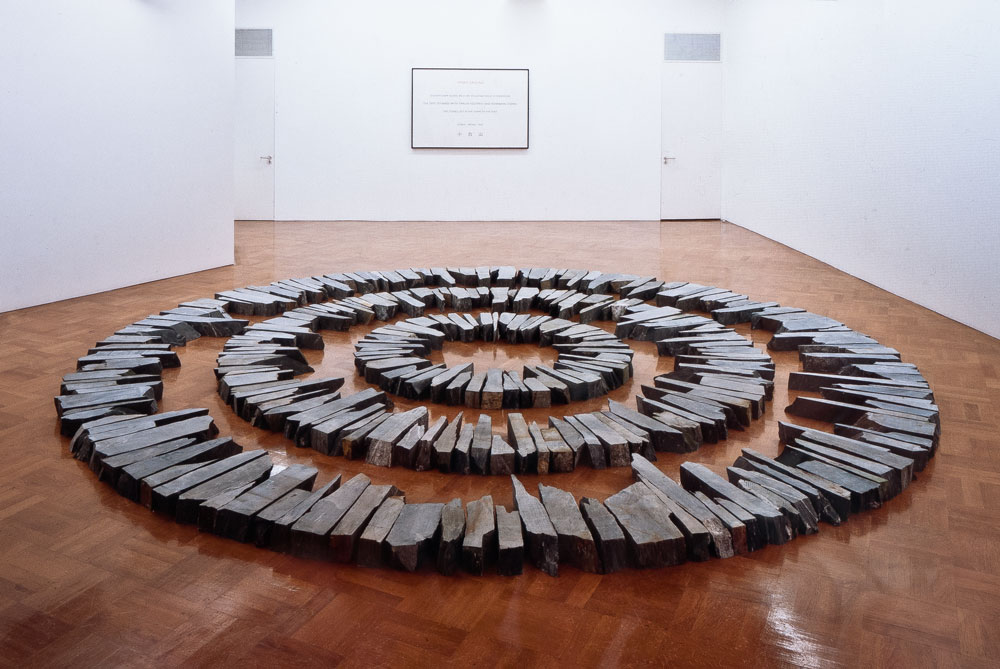 Tamara de Lempicka
Tamara de LempickaTamara de Lempicka was a Polish Art Deco painter who was born and originally named Maria Gorska. Tamara was majorly influenced by Cubism and is said to have become the leading figures of the Art Deco style within two continents.
Due to the fact that she was born into a wealthy family she already had the upper hand within the industry and this allowed her to be seen by Hollywood stars as 'baroness with a brush', this also allowed her status to be recognised, giving her the opportunity to paint duchesses and grand dukes. This status also allowed her to also publicise her paintings within popular galleries which boosted interest within her works.
Example of Tamara's work:






 Tamara's style s distinctive due to the fact that her style is very bold. Her style developed quickly and is said to have been influenced by artists such as Andre Lhote and Maurice Denis. She is also said to have made Art Deco cool because her style was sort of in the style of 'soft cubism'. her work clearly displayed an elegant and yet slightly erotic part of Art Deco and this was done with her precise technique. Within her career Tamara was able to meet people such as Pablo Picasso, Andre Gide, and Jean Cocteau. It is said that she was thought of to have a high sex drive and this was probably the reason she was a bisexual. Her search for sexual pleasure caused her to become closely associated with lesbian and bisexual women and this seemed to have caused a conflict within her marriage and this led to a divorce. Her neglect was said to not have been only towards her husband but towards her daughter too. Tamara produced a series of paintings of her daughter Kizette and the constant production of paintings which displayed her daughter affected her paintings as it is said that her other paintings of woman sometimes resembled Kizette. Tamara's first major exhibition was in Milan Italy and within this exhibition it is believed that she finished 28 new works in 6 months. Tamara is also said to have tried to change her style but due to the lack of interest from the public, she discontinued this. Tamara lived a complicated but successful life and with this, she died in her sleep with her daughter by her side and her ashes were spread on the top of the volcano Popocatepetl.
Tamara's style s distinctive due to the fact that her style is very bold. Her style developed quickly and is said to have been influenced by artists such as Andre Lhote and Maurice Denis. She is also said to have made Art Deco cool because her style was sort of in the style of 'soft cubism'. her work clearly displayed an elegant and yet slightly erotic part of Art Deco and this was done with her precise technique. Within her career Tamara was able to meet people such as Pablo Picasso, Andre Gide, and Jean Cocteau. It is said that she was thought of to have a high sex drive and this was probably the reason she was a bisexual. Her search for sexual pleasure caused her to become closely associated with lesbian and bisexual women and this seemed to have caused a conflict within her marriage and this led to a divorce. Her neglect was said to not have been only towards her husband but towards her daughter too. Tamara produced a series of paintings of her daughter Kizette and the constant production of paintings which displayed her daughter affected her paintings as it is said that her other paintings of woman sometimes resembled Kizette. Tamara's first major exhibition was in Milan Italy and within this exhibition it is believed that she finished 28 new works in 6 months. Tamara is also said to have tried to change her style but due to the lack of interest from the public, she discontinued this. Tamara lived a complicated but successful life and with this, she died in her sleep with her daughter by her side and her ashes were spread on the top of the volcano Popocatepetl.


















redtreebypietmondrian.jpg)































